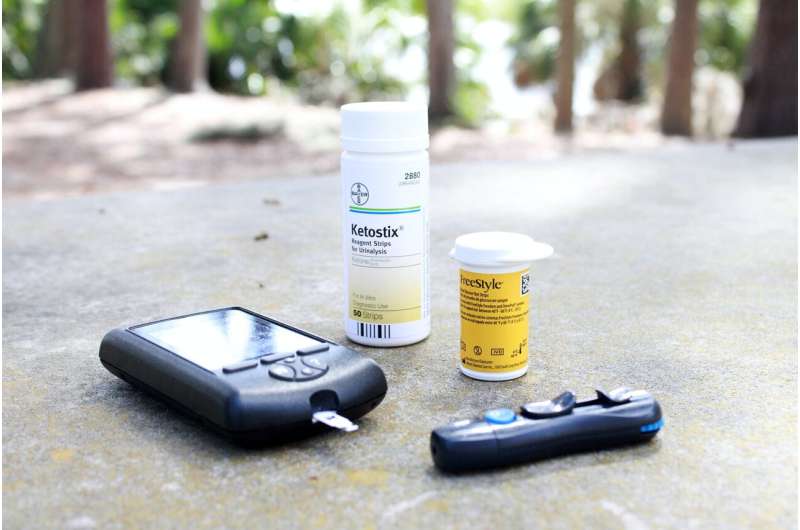
Adults with type 1 diabetes need to be extra cautious of COVID-19 as they are more likely to be hospitalized and die, according to a new study published in the Endocrine Society’s Journal of Clinical Endocrinology & Metabolism.
People with diabetes are at higher risk for COVID-19-related complications, especially if they are over the age of 40. Children with COVID-19 rarely develop severe respiratory symptoms and often remain asymptomatic. In contrast, adults experience respiratory symptoms of varying severity, with older adults and those with diabetes at higher risk of acute respiratory distress syndrome and death.
“Our study shows people over 40 with type 1 diabetes have worse outcomes from COVID-19 than children and young adults. Children and young adults experienced milder disease and a better prognosis,” said Carla Demeterco-Berggren, M.D., Ph.D., of the University of California San Diego in San Diego, Calif. “These findings indicate the need for age-tailored treatments, immunization and clinical management of individuals affected by type 1 diabetes and COVID-19. Public health recommendations, including wearing masks and getting vaccinated, need to be followed by all to reduce the risk of contracting COVID-19.”
The researchers studied data from 767 patients with COVID-19 and type 1 diabetes from 56 diabetes clinics across the U.S. Fifty-four percent were 18 or younger, 32% were 19-40 years old and 14% were over 40. The study found patients over 40 were seven times more likely to be hospitalized with COVID-19 compared to the younger group. No patients from the 18 and under group died, while three died from the over 40 age group and two died from the 19-40 age group.
People with diabetes and COVID-19 who were 40 and older were more likely to experience adverse outcomes such as death, diabetic ketoacidosis or severe hypoglycemia. This group also had a significantly higher prevalence of obesity, hypertension or cardiovascular disease and chronic kidney disease when compared to the younger groups.
Source: Read Full Article
